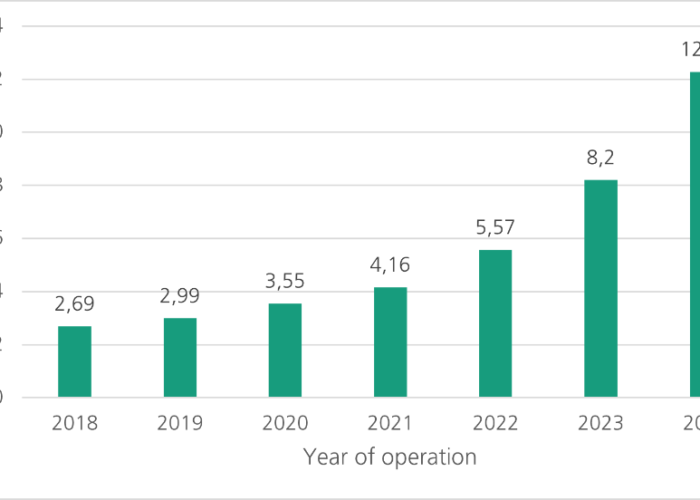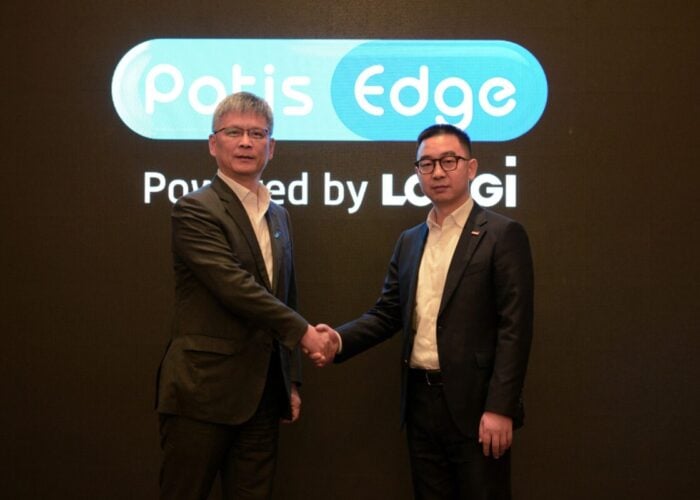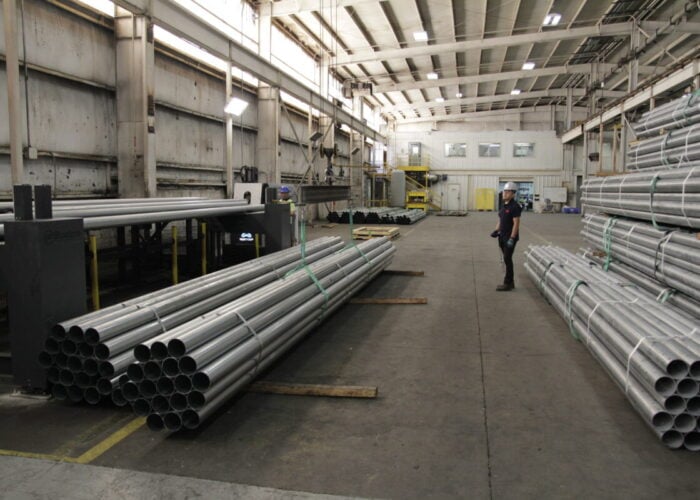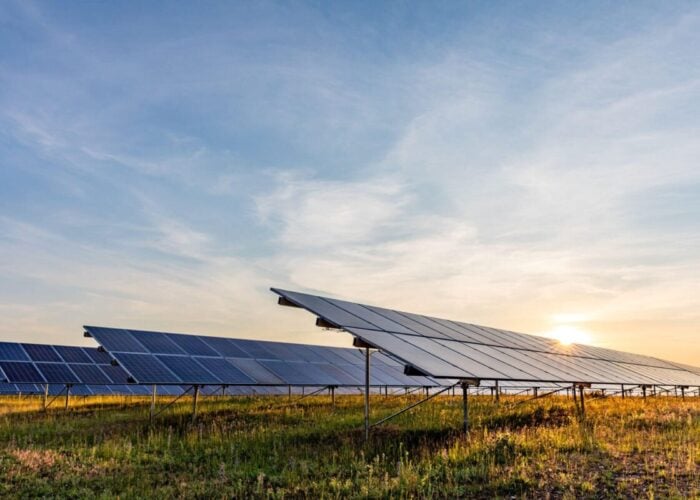
The Australian Energy Market Operator (AEMO) has said that the National Electricity Market (NEM) must introduce a new ‘emergency backstop’ mechanism to manage the impact rooftop solar PV can have on grid stability.
Detailed within the organisation’s ‘Supporting secure operation with high levels of distributed resources’ report, the emergency backstop mechanism must be introduced to allow rooftop PV systems to be curtailed or turned off briefly, if necessary, in rare emergency conditions, similar to the capabilities normally required of any large-scale generator.
Try Premium for just $1
- Full premium access for the first month at only $1
- Converts to an annual rate after 30 days unless cancelled
- Cancel anytime during the trial period
Premium Benefits
- Expert industry analysis and interviews
- Digital access to PV Tech Power journal
- Exclusive event discounts
Or get the full Premium subscription right away
Or continue reading this article for free
The call comes as Australia’s rooftop solar PV sector rapidly scales. The technology currently matches nearly 50% of the NEM’s energy needs, and this figure is expected to grow to around 90-100% in the next few years. By the end of 2024, installed rooftop solar PV capacity is predicted to likely overtake coal-fired power and reach 49GW by the end of the decade.
This vast quantity of installed capacity connected to the grid also enhances Australia’s energy transition, with spikes in demand matched by the vast quantities of rooftop solar PV in the country.
However, this does come with technological challenges for a grid initially developed to have several large-scale coal-fired power stations connected to it. The transition to distributed renewable energy generation has proved a challenge for AEMO as it looks to revolutionise the grid.
Given the growing installation of distributed PV, there are increasing periods when a significant amount of generation from distributed PV occurs in the daytime, resulting in low operational demand from the transmission network.
This can often be soaked up through Consumer Energy Resources (CERs) and behind-the-meter flexibility. The AEMO states that this will likely become a major opportunity for consumers and businesses to capitalise on abundant, cheap electricity.
The potential of CERs on the NEM
Most distributed solar PV systems currently lack real-time monitoring or the ability to be controlled or actively managed, even during emergencies. This situation creates challenges for both the distribution network and the bulk power system, particularly in areas where the uptake of distributed PV is high compared to local demand.
The AEMO explains that effectively integrating CERs is a complex task. This complexity arises from the millions of individual consumers and devices involved, the numerous stakeholders throughout the CER ecosystem and supply chain, and the need for extensive integration and coordination among various systems and parties.
Successful integration of CERs will require a combination of power system engineering, technological innovation, consumer choice and experience, and supportive government policies.
The benefits of successfully integrating CERs could be a huge boon to the NEM. In early November, the Australian Energy Regulator (AER) said that CERs and consumers have become an “integral part of the energy transition”.
The Australian Energy Market Commission (AEMC) has been attempting to support the uptake of CERs and virtual power plants (VPPs) on the NEM through a draft determination proposing that VPPs should be able to compete directly with large-scale generators in the energy market.
The need for an effective emergency backstop mechanism
The AEMO claims in its report that an emergency backstop mechanism must be introduced to all mainland NEM regions, which includes South Australia, Queensland, Victoria, New South Wales and the Australian Capital Territory, to maintain system security.
This includes extending backstop application to all distributed PV systems in Queensland, implementing a backstop mechanism in New South Wales and the Australian Capital Territory, as well as implementing effective monitoring and enforcement regimes to increase compliance in all regions.
In 2024, certain regions, including South Australia, Victoria, and Queensland, are already reaching or exceeding thresholds that may necessitate the use of emergency backup capabilities to ensure power system security.
By 2025, the available backup power capability may no longer be sufficient in South Australia, Victoria, and Queensland. The AEMO claims that these regions are expected to experience rare but potential emergency situations where the total backup power may be inadequate to ensure the security of the power system.
This assessment is based on forecasted solar PV installation rates and assumes that current regulatory arrangements and compliance rates for backup power will continue.
Moreover, AEMO anticipates that by 2025, the entire NEM mainland may reach minimum operational demand thresholds, potentially requiring the use of emergency backstop capability on rare occasions.






